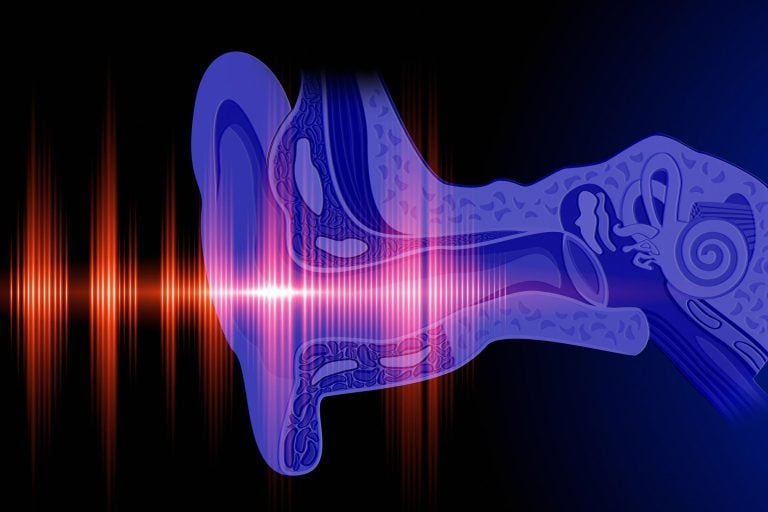In a groundbreaking study, Yale physicists have unveiled a previously unknown set of mechanical modes in the human ear, challenging our current understanding of how we hear. These newly discovered modes, hidden within the cochlea, play a crucial role in how the ear amplifies sound, tolerates noise, and discerns frequencies.
The Complexity of Human Hearing
The human ear is capable of detecting an astonishing range of sound frequencies, from faint whispers to loud noises. This remarkable ability is made possible by the cochlea, a spiral-shaped organ in the inner ear. However, the mechanics behind this complex process have long been a subject of interest for researchers.
A New Perspective on Cochlear Mechanics
By applying mathematical models to a generic mock-up of the cochlea, the Yale team discovered an additional layer of complexity in cochlear mechanics. Their findings reveal that the cochlea supports two distinct sets of mechanical modes: the well-documented modes that govern how hair cells respond to sound, and a newly discovered extended set of modes that influence how the ear amplifies sound and processes frequencies.
The Dual Role of Hair Cells
Hair cells in the cochlea play a crucial dual role in hearing. Not only do they detect sound waves and transmit signals to the brain, but they also act as mechanical amplifiers, pumping energy into sound waves to counteract friction. This delicate balance is essential for precise hearing, and the newly discovered modes provide insight into how this process is regulated.
Implications for Low-Frequency Hearing Research
The discovery of these extended modes has significant implications for our understanding of low-frequency hearing. According to the researchers, these modes may contribute to a better understanding of how the ear processes low-frequency sounds, an area of research that remains poorly understood.
A Collaborative Effort
The study was conducted by a team of researchers from Yale University, including Asheesh Momi, Benjamin Machta, Isabella Graf, and Michael Abbott. The research was supported by the National Institutes of Health, a Simons Investigator award, and the German Research Foundation.
As our understanding of the human ear and its complex mechanics continues to evolve, this groundbreaking study opens up new avenues for research into the mysteries of human hearing.

















